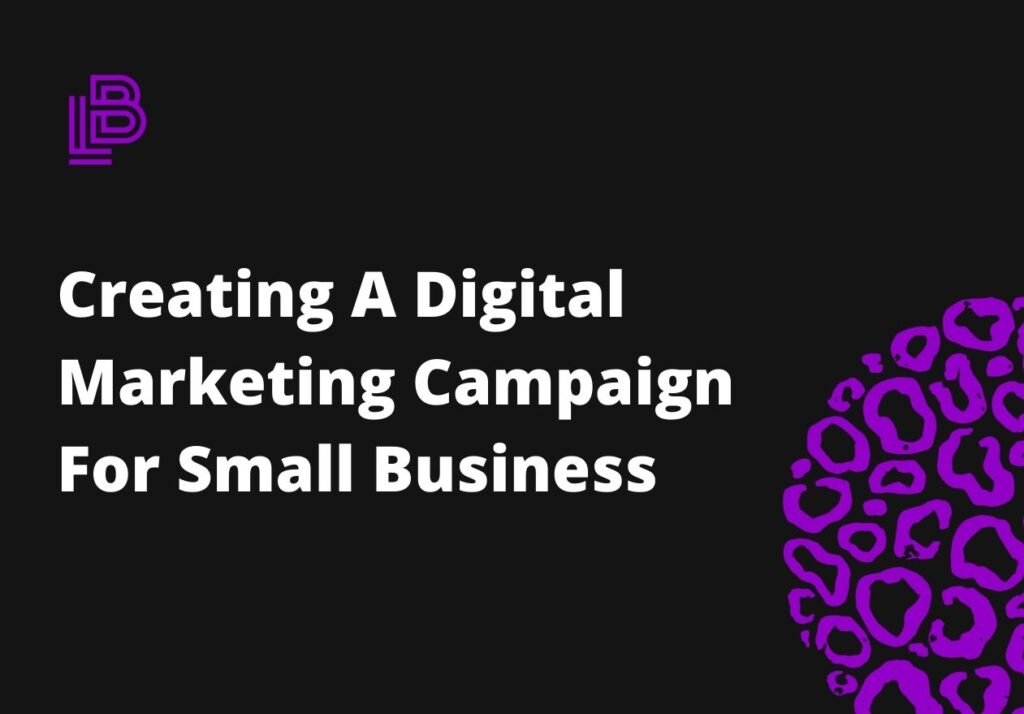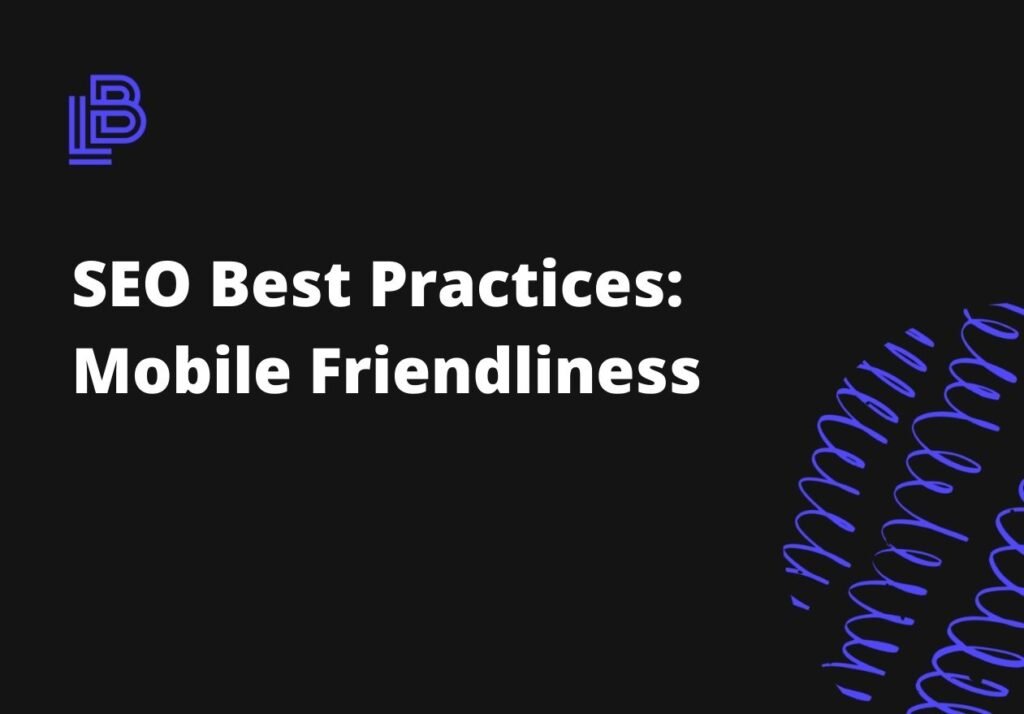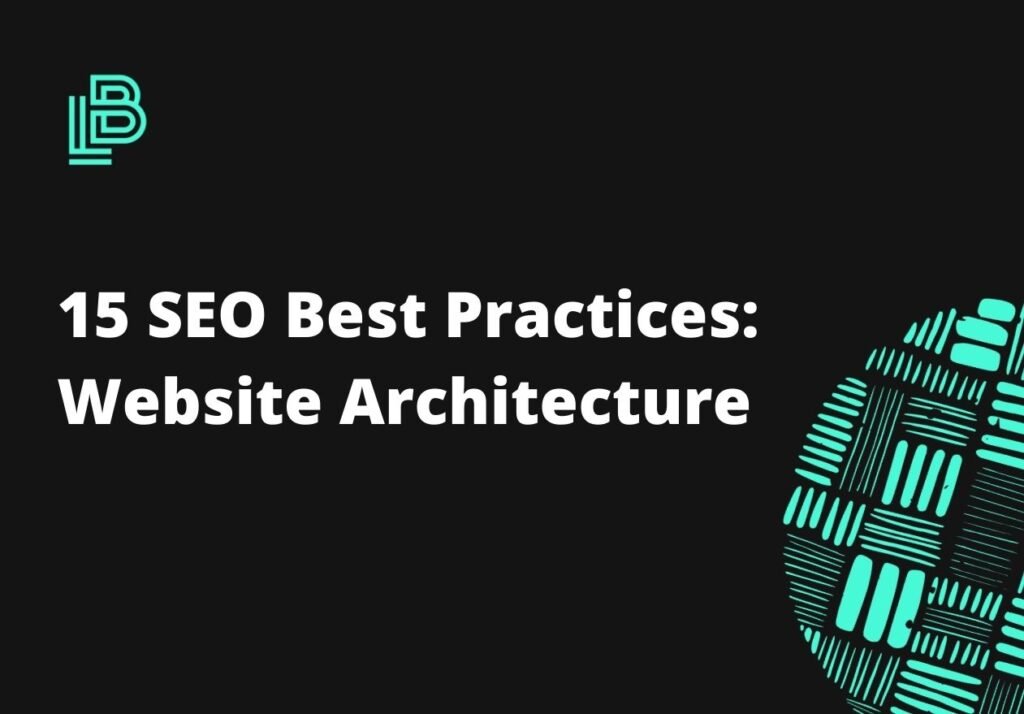Small businesses don’t often have a pile of cash lying around to throw at marketing. Many businesses, just like yours, try to handle their own digital marketing in the hopes they can make their advertising dollars just a little more efficient.
The good news is that digital marketing isn’t really all that complicated. You just need to be prepared to make a few mistakes that experienced marketers would otherwise avoid. You’ll learn a lot in the process, and you may not be efficient with the dollars at first, but in the long run, you’ll be further ahead.
It’s important to note that digital marketing isn’t easier because it’s online. It’s still going to take a lot of work and knowledge. This article will keep it fairly simple, but understand that hiring an experienced digital marketing professional will help you to dive in a lot deeper.
Also read Small Budget Marketing for Small Business Owners.
With that in mind, let’s create a marketing campaign!
What Are Your Goals?

Before you launch into any campaign, you want to figure out what your goal is. This is the end game of any marketing plan. Without a goal, there’s no way to measure if your plan is working. This is the most important part, so we’ll spend a good chunk of this article on setting good goals. It will set up your campaign.
Many businesses will rush into social media and Google AdWords, just for the sake of doing it because they think they should. This is a very good way to flush perfectly good dollars down the drain. Many of them just want to see “if it works” – which is fine, you just need to define what “works” means. That’s your goal.
One great way to set goals is to use the “SMART” strategy. “SMART” stands for specific, measurable, attainable, relevant and time-bound. You can use this as the basis for all marketing goals – not just digital ones.
- Specific – You want your goal to be specific enough that it has a clear finish line. For example, having a goal of “more visitors to the website” is too vague. There’s no clear finish line. Is it 100 more, or 10,000 more? A good goal would be saying you want 500 more visitors per month.
- Measurable – You need to be able to measure the results. If your goal was “500 more female visitors” you need to be able to measure not only whether or not 500 more people visited, but whether they were female. If you can’t measure the goal, it doesn’t work. You either need to refine the goal, or find a way to measure it. Refining it would be if you know 50% of your visitors are female, you need to actually get 1000 visits to get 500 females.
- Attainable – Making a goal attainable is key. If it’s a complete dream, like a billion new visitors next month, that’s not a goal. A goal needs to be something you can realistically achieve. It’s ok to push the boundaries, just be realistic.
- Relevant – Once you have a goal, ask yourself if the goal is truly relevant. It’s great that you want 500 more female visitors to the site, but if you’re in a male-dominated industry, is the goal realistic? For example, a fishing store notices that 95% of its business is from male clientele. The owner thinks that means there is a huge market of females that aren’t shopping there and wants to get more of them. The truth is, that market doesn’t exist. So trying to attract large numbers of females to a fishing website isn’t a relevant goal.
- Time-Bound – Lastly, you need to set goals that have time restrictions. It’s great you want 500 more visitors – but when? There’s a big difference between the next month and the next year.
Target Audience

Once you have your goals set, you may already have a clear idea of your target audience. If you know you want 500 more visitors to your site, you’ll want to make sure those 500 visits are targeted to people that would actually purchase your product or service.
Creating customer profiles is a great way to help identify your ideal customer. Using real people isn’t a good idea because of the nuances in their personalities. Creating this fictitious persona is a great way to be generic enough that it can apply to a wide swath of people without getting too specific.
- Create Broad Descriptions – Just keep them sweeping and generic. These are your ideal customers. Be realistic about them and don’t give them qualities that would be hard to find in the real world. You want this broad description to apply to most of your customers.
- Identify Their Goals – What does your customer want? What are they trying to achieve? Knowing their motives will help you with your digital campaign messaging.
Once you have a target audience, it will help you determine what channels you need to advertise to in order to hit them.
Set Up Your Tools

Make sure your website, newsletter, social media presence, blog, and any other digital avenue you’ll need is set up and prepared to accept traffic.
The worst thing you can do is direct people to a channel, only to have them disappointed. Make sure your profiles are complete, your website is fully functional, and your contact forms work.
Digital Channels

Once you have your goals and your audience locked down, and your digital properties are ready for traffic, it’s time to bring those people in! There are many ways to start your digital marketing campaign, but we’ll cover a few of the big ones.
- Content Marketing Strategy – This is the big one these days. It’s one of the most effective ways to attract business. The strategy is just about creating great content. This can mean writing a blog, posting Instagram photos, posting on social media, or videos on YouTube. using technology to improve your businesses’ efficiency.
- business, so you may want to find someone who can do this for you. This content will attract visitors and should increase conversions. It really depends on your goal, though.
- Keyword Advertising – Also extremely popular is buying up keywords on Google. You may not be able to rank as high as you’d like for some keywords, so you can purchase ads instead.
- SEO Optimization – Getting your website optimized for SEO will help quite a bit at ranking higher in search results. This can be a little difficult to attempt yourself, but there are a lot of good firms that can help you organize your site and correct any issues. Must check the qualities of your SEO expert.
- Social Media Advertising – Targeting users on social media is another cost-effective way to reach your ideal audience. Facebook offers tools that make placing ads really easy. Just remember to keep your goal in mind.
- Email Marketing – Building a newsletter database and send out informative and NON-SPAM content can help you convert things
Track Results

The last piece of the puzzle is tracking the campaign results. You’ll want to keep tabs on what is happening so you can determine if your strategy is working or not. Don’t be afraid to change course or alter if things aren’t working after a while. Digital marketing moves fast. Trends today are gone tomorrow.
You’ll also be able to adjust your goals. If you realize that your goals or timeline weren’t as realistic as you thought, it’s ok to adjust. Digital marketing techniques
should be tweaked regularly.
Creating your first campaign can be scary. Just make sure you’ve planned as much as possible, and dive in. The only way you’re going to know for sure is to start the campaign. It’s usually not worse than doing nothing at all.



